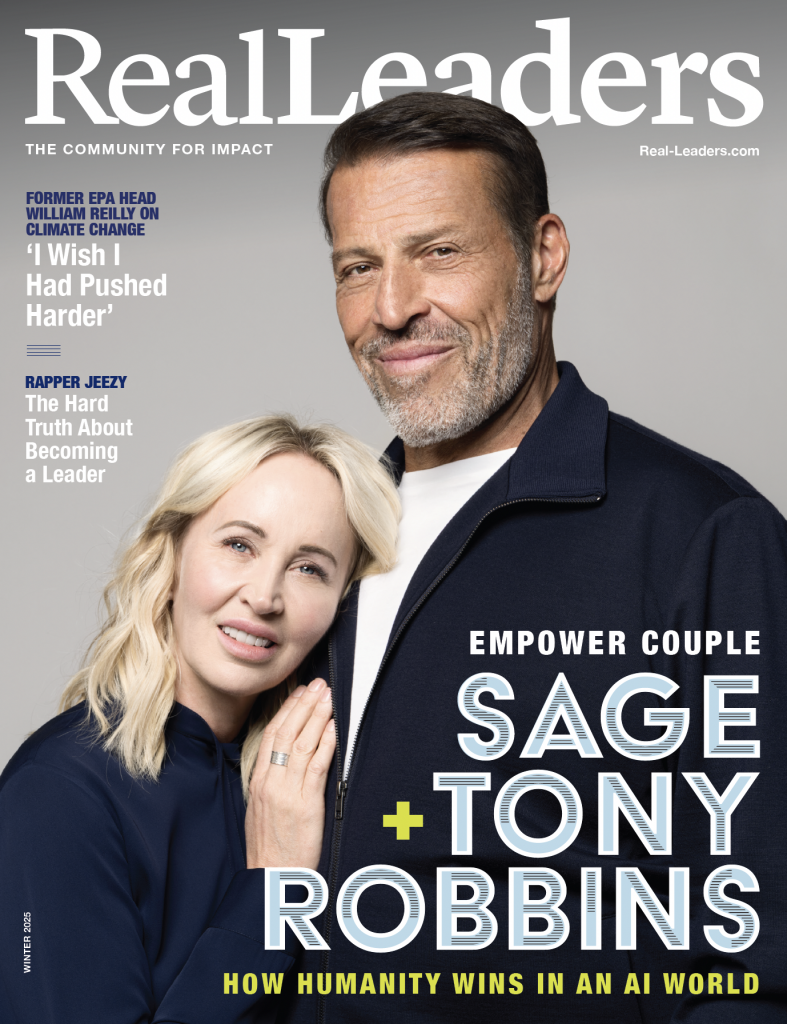That failed deal gave me the tools to help build a thriving firm.

In 2015 I tried to purchase my favorite building in downtown Norfolk, Virginia. The Monticello Arcade is a beautiful 1907 historic structure where Work Program Architects, the architecture firm I co-founded in 2010, had its office. I loved that building from the moment we moved in. So when the owner, an older gentleman whose family had built it generations ago, called and asked if I wanted to buy it, I said yes. I didn’t have family money or a fortune lying around, but I was determined to try.
What followed was my crash course in real estate development. I drew up plans, worked on a cost estimate with a contractor, hired attorneys, created an LLC, and started recruiting investors. Half were longtime Norfolk residents who wanted to preserve a part of the city that they loved and were patient about returns. The other half were younger investors from wealthy families in nearby Virginia Beach who wanted to see a more walkable and bikeable city but who were eager for quicker payback.
I watched YouTube videos with my husband to learn how to model “waterfall” investment structures. I pitched people I was intimidated by and walked away with checks ranging from $100,000 to $1 million. At one point a successful entrepreneur signed a personal guarantee on an $8.5-million loan and added a million dollars of his own. His message was simple: “I see your eagerness, and I want to support that.”
I poured my life savings — $135,000 — into the project. Then it all fell apart. The seller, who had been in poor health, recovered and leveraged the project as a way to build new family interest and excitement in the historic building. They decided to keep the building in the family, and the deal was dead. I lost everything I’d put in.
I should have been devastated — and I was — but when I think back on that failed attempt to buy the Monticello Arcade, I realize it gave me something far more valuable than money: the foundation for how I lead today. In many ways it was my MBA — earned not in a classroom, but in the messy, unpredictable world of risk-taking. The lessons from that time have fueled the growth of our architecture firm ever since.
One of the biggest lessons was learning how to bring diverse stakeholders around a single vision. My investors couldn’t have been more different. To make the deal work, I had to become a storyteller. I built presentations that painted a picture of downtown’s future, showing why this project mattered not just financially but culturally. I fielded every question about parking garages and occupancy rates, but I always brought it back to the bigger story of why the arcade could anchor something more vibrant for Norfolk.
That ability to connect people with different values to a shared goal has carried directly into my leadership at WPA. Every architecture project we take on requires balancing stakeholders with competing priorities — city officials, community members, investors, and clients — and finding the story that makes them believe in a common vision.
I also learned the importance of transparency, especially when things aren’t going well. Development projects are roller coasters. One day you’re on track, the next a setback threatens to derail the whole thing. My instinct was to hide those failures, to protect investors from the messy parts. But instead I forced myself to send out honest updates: “Here’s what went wrong today. Here’s what we’re trying to do about it.” I was braced for people to pull their money. Instead they thanked me.
My investors told me it made them trust me more — because if I was willing to share the small stumbles, they believed I’d be upfront about bigger challenges too. That moment rewired how I thought about leadership. At WPA I’ve carried that lesson forward, sharing openly with my team when we hit roadblocks and not sugarcoating the hard stuff. It turns out people don’t expect you to be perfect; they expect you to be honest.
Then there was the lesson about asking for something that seemed impossible. The only reason any of this happened was because I asked. If I’d been too timid, too afraid of rejection, none of it would have unfolded. That experience taught me that sometimes the biggest breakthroughs come from asking for things that feel out of reach. That boldness — making the call, asking the question, taking the risk — has opened doors for WPA that I wouldn’t have dared to knock on otherwise.
These lessons didn’t erase the sting of failure, but they transformed it into something I rely on every day as a leader. I lost money, but I gained confidence, relationships, and a playbook for leading with vision, honesty, and courage. That deal didn’t get me my dream building or make me a developer, but it did make me a better CEO.
The truth is, failure isn’t the opposite of leadership; it’s where the real lessons are. That deal collapsing was out of my control, but the way I showed up, took risks, and carried those lessons forward shaped the leader I am.
Here’s the funny thing: I still love that building. Since the deal fell through, our firm has moved to another historic building a few blocks away. I often make a point to walk by the arcade, and when I do, I don’t think of failure; I think of the moment I stopped waiting for permission and started trusting myself to take big swings.







